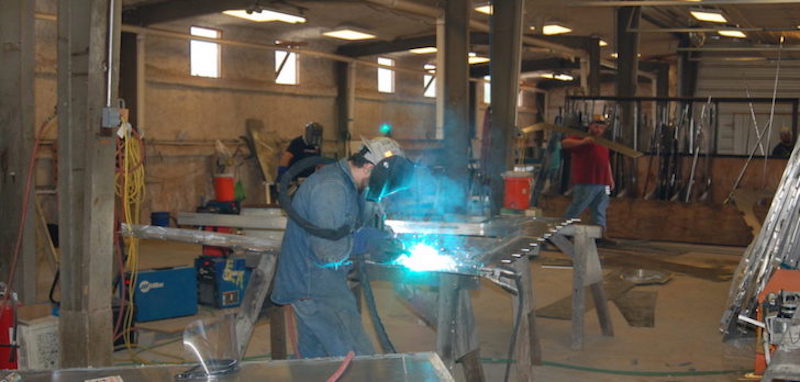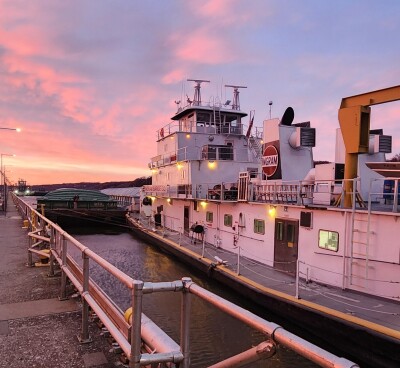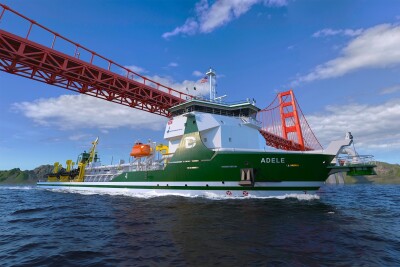The Maritime Administration’s Small Shipyard Grant Program was first authorized in the fiscal 2006 National Defense Authorization Act (NDAA) and codified in the fiscal NDAA budget. (Marad’s definition of a small shipyard is fewer than 1,200 employees.) The program has been a great help to many of the shipyards that build workboats.
To be eligible, shipyards must build new or repair commercial or government vessels at least 40' in length. Quite a few of the grants involve the purchase of equipment for handling steel, including lifting, welding, cutting and bending. Grant funds have been used for things such as rebuilding or expanding drydocks, buying water and air handling systems, or acquiring a Marine Travelift boat hoist. Most of the equipment purchased with grant funds is U.S. built.
The average amount of money appropriated annually since its inception is about $20 million, including $100 million as part of the American Reinvestment and Recovery Act of 2009. When two years went by (2014 and 2015) with no money appropriated, the shipyard industry took notice.
Industry officials contacted former Marad administrator David Matsuda, who had his own Washington D.C.-based lobbying firm — Matsuda & Associates — to assist in finding out why the money had dried up. Marad’s answer was that nobody asked for it.
Consequently, the group, under Matsuda’s leadership, created the Small Shipyard Grant Coalition, focused on sustaining and growing Marad’s Small Shipyard Grant Program. Since the coalition’s existence, Marad has provided $55 million in grants to U.S. shipyards.
“This is not a jobs program,” Matsuda told an audience at the Passenger Vessel Association Annual Convention in Tampa, Fla., Wednesday. “Marad rarely gets applications for worker training programs.”
Matsuda reminded everyone that the deadline for sending in an application for fiscal 2020 funding is Feb. 18. If you haven’t started the process yet, it’s better if you shoot for funds from next year's appropriation.
If you haven’t put together an application shipyard rants, you should get help in doing so, Matsuda said. It can be a lot to take on the first time. “There is a minimum of a 25% match,” he said. “Applications that have closer to a 30% match are having an easier time getting accepted.”
Last year, Marad received 80 applications for funds and accepted 28. The average award amount was $700,000. “Twenty-eight is pretty good for a federal grant program,” Matsuda said. “Demand for the program has been high.” In fact, the program generally is oversubscribed by demand of approximately 10 times available funds.
Other points to be aware of when it comes to the program are Marad’s reluctance to award funding to a shipyard two years in a row; and if you have received funds from the program previously, you will not get another award if you have any unused funds from the previous award.
Matsuda said don’t give up if you have tried previously and not gotten a grant. Marad knows who is applying. “Marad knows when you apply, don’t get it, then apply again,” he said.
Matsuda said the more members the coalition has, the stronger its power of persuasion. Coalition members can take part in the group’s annual “Ask a Grantwriter” series, be a part of the Washington, D.C., Fly-In in March and more. But most importantly is the fact that the shipyard industry cannot let the funds from the program dry up again. “If you don’t fight for the money, it goes away,” said Matsuda.





